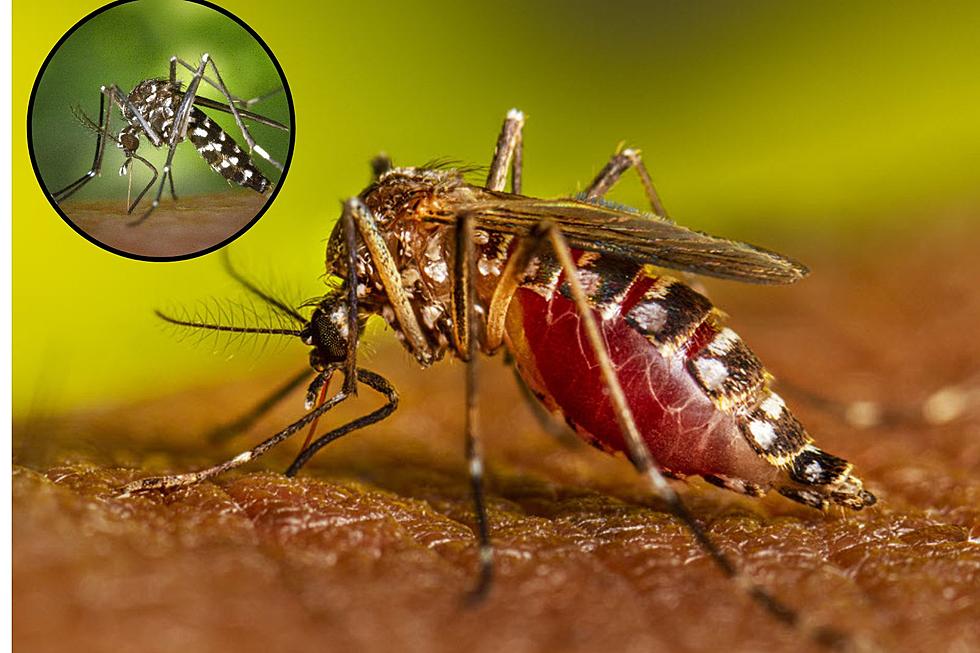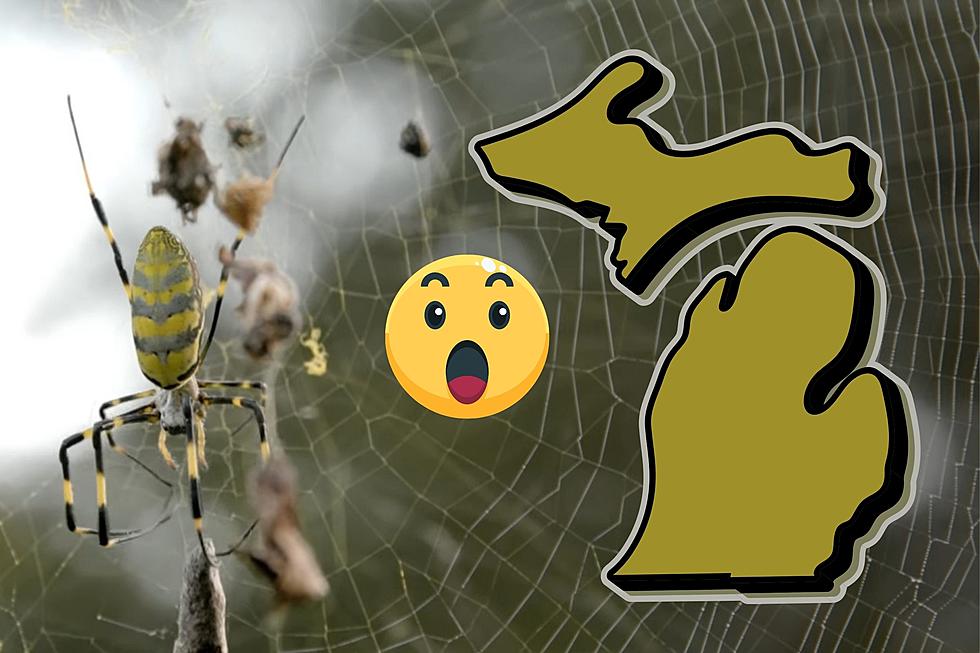
One of the World’s Most Invasive Aquatic Plants Found in Michigan for First Time
An invasive plant that kills native plants and can choke off recreational water access has been discovered in two southwest Michigan ponds.

The Michigan Department of Environment Great Lakes and Energy has confirmed, Hydrilla, considered one of the world's most invasive aquatic plants, has been detected for the first time in Michigan.
What is Hydrilla?
Hydrilla (Hydrilla verticillata), also commonly called water thyme, is a submersed perennial herb.
They have very slender stems that grow up to 30 feet long and branch out considerably near water surface.
Hydrilla has serrated, or saw-toothed leaf edges and spines on the undersides of leaf veins.
The plant was first introduced in Florida in the 1950s and has since made its way to many other states - and now, Michigan.
Though hydrilla can be treated with herbicide, it is difficult to fully get rid of because tubers and turions can live in the sediment for years, and plants can reproduce from even small fragments.
Why is Hydrilla Dangerous?
The State of Michigan says Hydrilla is a threat to native aquatic ecosystems. Dense mats shade out native aquatic vegetation and alter the ecology of the water body. Invasion also interferes with recreational activities like boating and fishing.
Hydrilla is prohibited in Michigan and is on Michigan’s watch list.
Where was Hydrilla Spotted in Michigan?
Hydrilla has been found in two private ponds on residential properties in Berrien Springs.
How Did Hydrilla Get to Michigan?
In terms of how the invasive plant got to Michigan, Bill Keiper, EGLE aquatic biologist, says,
It’s not clear how either plant made its way to this pond, but seeds or fragments of the invasive plants may have been attached to ornamental plants installed in past years. Sediment core samples of the pond and genetic analysis of the plant material are planned to help determine how long the hydrilla has been here and where in the U.S. it might have originated.
Hydrilla is also used in aquariums and water gardens and may escape or be dumped
into water bodies.
What to Do if You See Hydrilla in Michigan
If you see hydrilla, take one or more photos, make note of the location, date and time of the observation, and report to:
- EGLE Aquatic Invasive Species Program EGLE-WRD-AIP@Michigan.gov.
- Or use the Midwest Invasive Species Information Network (MISIN) online reporting tool.
- Or download the MISIN smartphone app and report from your phone - MISIN.MSU.edu/tools/apps/#home.
Here is a guide on identifying Hydrilla.
10 Invasive Plants & Insects You Should Destroy if You Spot Them in Michigan
Gallery Credit: Michigan.Gov
More From 97.9 WGRD









